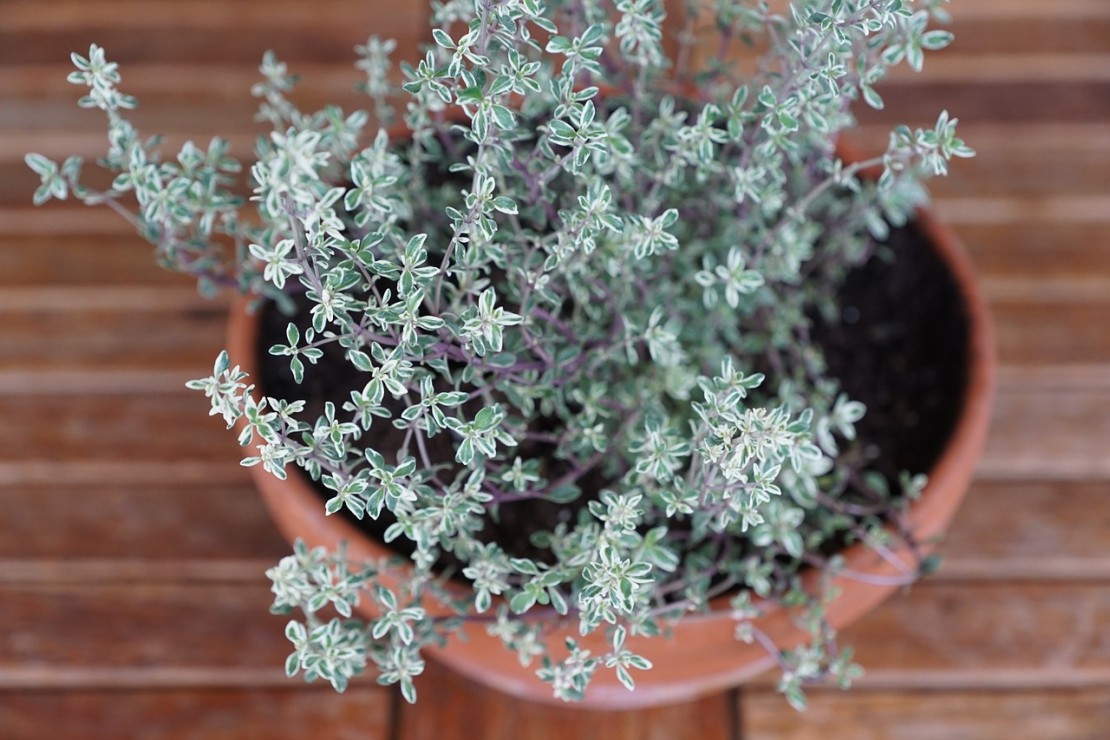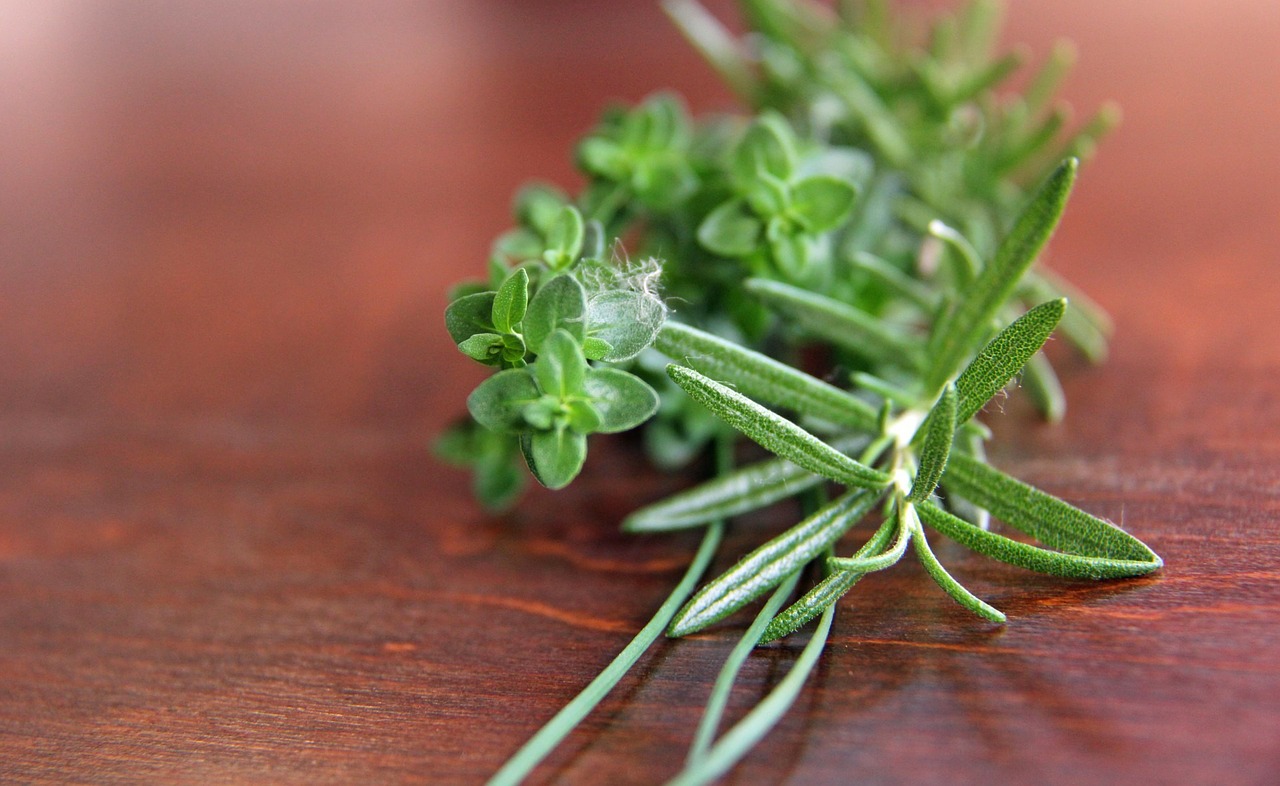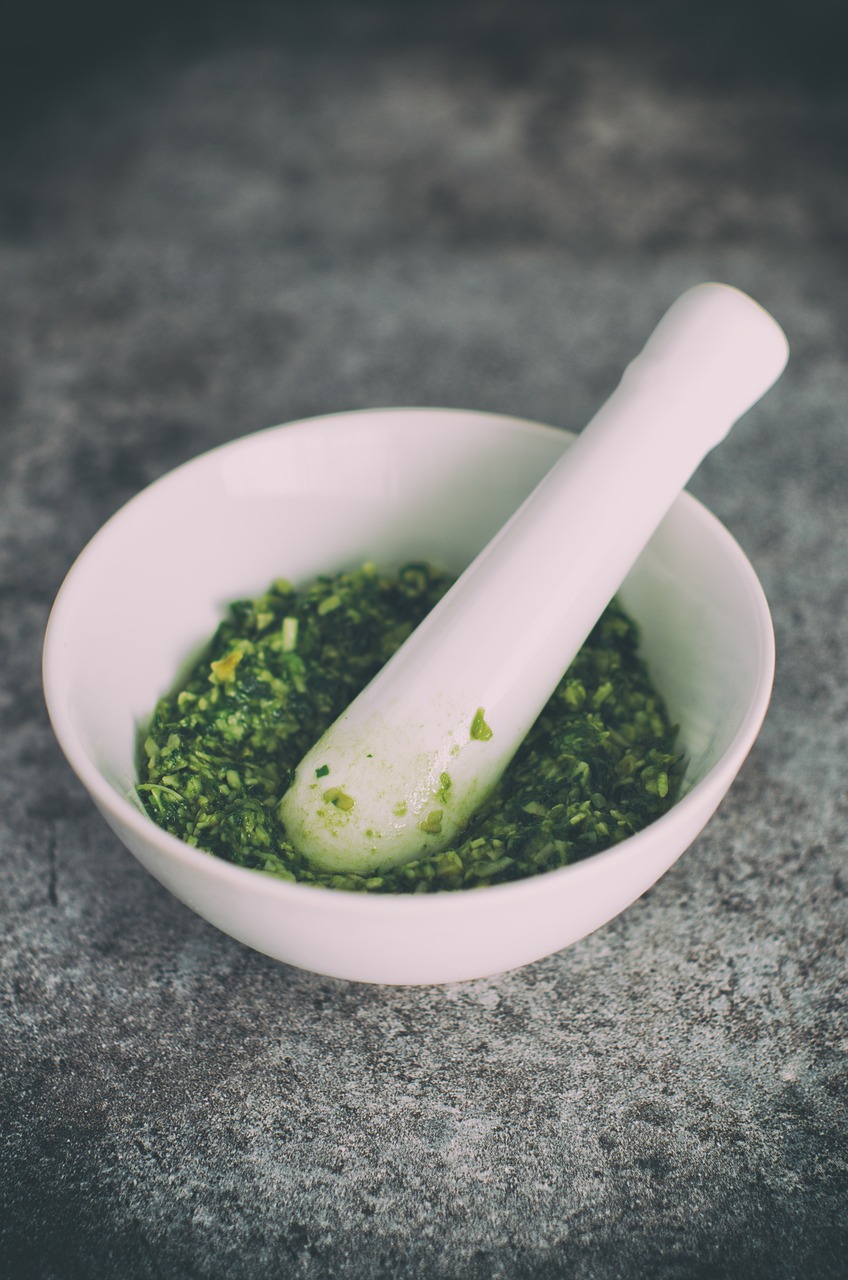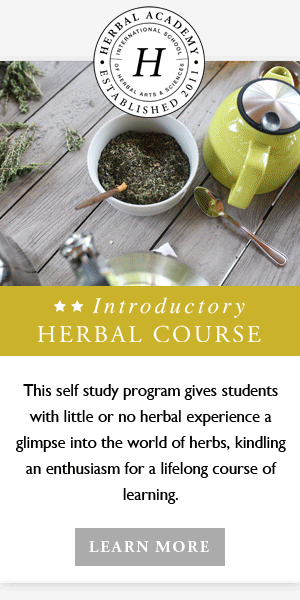
4 Reasons Thyme Is An Herb For Winter Health
There are many herbal allies that you may enjoy working with during the long, cold winter months.
Elderberry and elecampane are a couple that come to mind, or perhaps astragalus or angelica are a better fit for you. However, it might surprise you that an herb tucked away into your kitchen cabinet, thyme, is the quintessential spice for winter.
Although its original herbal uses have been largely forgotten in favor of its role in the kitchen, thyme once held an important place in the herbalist’s materia medica, and it deserves a second look for the modern home herbalist – especially during winter.
Today we’re going to look into the way the ancients used thyme as well as 4 uses for thyme as an herb for winter health.
Thyme: An Ancient Herbal Tradition
Thyme’s botanical name comes from the Greek word thymos, which means strong. Over the centuries, this warming and drying herb has been relied upon for antispasmodic, nervine, astringent, antiseptic, decongestant, and carminative properties.
Across the many historical herbals that discuss thyme, it becomes clear that this herb was especially cherished for the lungs and throat, and was highly valued as a digestive remedy. Culpeper, writing in 1653, tells us:
“It is a noble strengthener of the lungs, as notable a one as grows; neither is there scarce a better remedy growing for that disease in children which they commonly call the chin- cough, than it is. It purges the body of phlegm, and is an excellent remedy for shortness of breath. It kills worms in the belly, and being a notable herb of Venus, provokes the terms, gives safe and speedy delivery to women in travail, and brings away the after birth. It is so harmless you need not fear the use of it. An ointment made of it takes away hot swellings and warts, helps the sciatica and dullness of sight, and takes away pains and hardness of the spleen. Tis excellent for those that are troubled with the gout. It eases pains in the loins and hips. The herb taken any way inwardly, comforts the stomach much, and expels wind” (Culpeper, 1653).
4 Uses For Thyme As An Herb For Winter Health
Below are 4 uses for thyme fitting for cold winter months.

1. Lungs and Throat
Modern herbalist Leslie Tierra notes that thyme acts as an expectorant, antitussive, and bronchodilator and is useful for acute or chronic respiratory problems including coughs and bronchitis.
With a traditional reputation as both an antispasmodic and as an herb for lung support, thyme was once used for whooping cough (Kings, 1898). Besides being an herb for the lungs, thyme has a soothing action on the throat when used as a gargle, and can be helpful for sore throats, laryngitis, and tonsillitis (Hoffmann, 2003).
2. Promote Healthy Digestion
Thyme’s other area of excellence is the digestive tract, and this herb has a reputation for enhancing appetite and digestion. As a carminative and antispasmodic, it can be helpful when there is gas, colic, or problems with spasms and tension in the digestive tract. Perhaps this is one reason it became such a popular cooking spice!
The astringent action of thyme also makes it useful for another type of digestive upset- diarrhea (McIntyre, 2010). David Hoffmann notes that this same gentle astringency works well for childhood troubles like bed wetting (Hoffmann, 2003).
3. Topical Uses
Externally, thyme’s warming, stimulating nature can be put to good use in liniments for joint or muscle pain, or as liniments or washes for cuts and wounds.
According to A Modern Herbal, topical uses of thymol, derived from thyme, once saw extensive use in the medical field:
“Thymol is a powerful antiseptic for both internal and external use; it is also employed as a deodorant and local anaesthetic. It is extensively used to medicate gauze and wool for surgical dressings. It resembles carbolic acid in its action, but is less irritant to wounds, while its germicidal action is greater. It is therefore preferable as a dressing and during recent years has been one of the most extensively used antiseptics” (Grieve, 1941).
Although the whole herb is much milder and safer in action than isolated thymol, thyme also makes a nice herbal foot soak for balancing the health of the skin and nails while combating a fungal infection.
4. Thyme as a Nervine
Among its modern uses, herbalist Matthew Wood notes that it is a “very strong remedy, deeply dredging the system,” and helps to dispel excess heat and thin phlegm, which once again confirms thyme’s value for the lungs. He also notes, however, that as a nervine, thyme acts as a parasympathetic relaxant and is a valuable convalescent herb thanks to its ability to enhance digestion and nutrition (Wood, 2008 )
Anne McIntyre also references the nervine properties of thyme, and relates that it is a strengthening tonic for mental and physical exhaustion and assists with relieving tension and anxiety (McIntyre, 2010).

How To Put Thyme To Use
Cooking with Thyme
Of course, thyme still has a deserving spot in the spice cabinet. Not only rich in iron and antioxidants (McBride, 2010), thyme is able to meld flavors with many other herbs and is at home in a wide variety of recipes. Thyme is an important part of herbs de Provence, middle eastern za’atar, and Caribbean jerk spice, and is a welcome ingredient in everything from vegetable dishes and soup stock to shortbread cookies. Thyme is valued as a warming spice to incorporate into winter dishes, helping the body keep away the cold.
Using Thyme as a Tea
When making a tea with thyme, 2 teaspoons of the dried herb can be used with 1 cup of boiling water up to three times a day; If using an extract form of thyme, 2-4 mL extract may be used three times a day (Hoffmann, 2003). These serving sizes are for adults. As a culinary herb, thyme is also at home in recipes for herbal waters, vinegars, and honeys.
Thyme is generally considered safe for both adults and children, but it may not be appropriate for use during pregnancy due to a tradition of use as an emmenagogue (Brinker, 2001).
How You Can Learn About More Winter Herbs
If you are curious about other herbs particularly suited to winter challenges, The Herbarium plant database has many extensive profiles for winter favorites like astragalus, echinacea, angelica, mullein, elecampane, and marshmallow. In addition to the ever expanding monograph database, a membership in The Herbarium also offers many in-depth articles on herbal topics that you won’t find anywhere else as well as access to wonderful discounts with our partners and on Academy courses. The Herbarium is a vibrant virtual collection of resources to help you take your herbal studies to the next level.
Come check out The Herbarium, and become a member today!
REFERENCES
Brinker, Francis. (2001). Herb Contraindications and Drug Interactions. Oregon: Eclectic Medical Publications.
Culpeper, Nicholas. (1653). The Complete Herbal. Retrieved from http://www.complete-herbal.com/culpepper/thyme.htm
Grieve, Maude. () A Modern Herbal. Retrieved from: http://botanical.com/botanical/mgmh/t/thygar16.html
Hoffmann, David. (2003). Medical Herbalism: The Science and Practice of Herbal Medicine. Rochester, VT: Healing Arts Press.
Felter, H.; Lloyd, J. (1898). King’s American Dispensatory. Retrieved from: http://www.henriettes-herb.com/eclectic/kings/thymus.html
McBride, Kami. (2010). The Herbal Kitchen. San Francisco, CA: Conari Press.
McIntyre, Anne. (2010). The Complete Herbal Tutor. London, UK: Gaia.
Tierra, Leslie. (2003). Healing with the Herbs of Life. Berkeley, CA: Crossing Press.
Wood, Matthew. (2008). The Earthwise Herbal: A Complete Guide to Old World Medicinal Plants.








